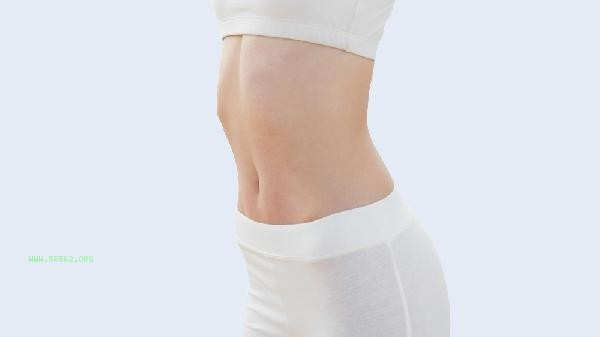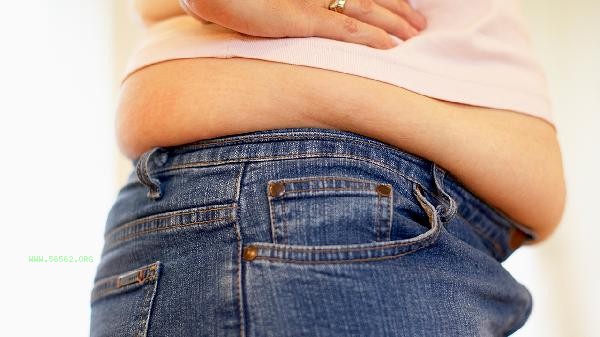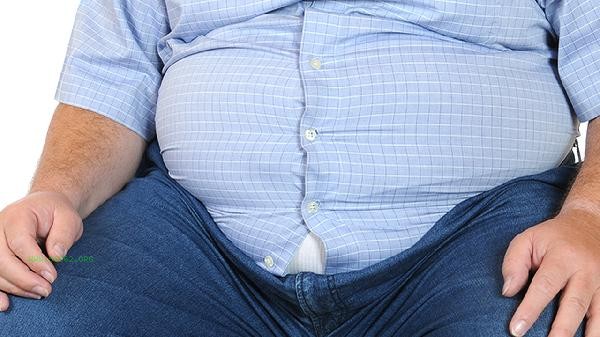Eating seafood in moderation during weight loss usually does not lead to weight gain. Seafood has the characteristics of high protein and low fat, and the main influencing factors include cooking methods, intake, variety selection, pairing principles, and personal metabolic differences.

1. Cooking method:
Low oil cooking such as steaming and boiling can maximize the nutritional value of seafood and avoid additional calorie intake. The methods of frying, braising in oil, or adding a large amount of sauce can significantly increase the calorie content, for example, one serving of fried squid rings can have more than three times the calorie content of steamed squid.
2. Intake control: Although seafood has low calorie content, excessive consumption may still exceed the daily calorie budget. It is recommended to limit the single intake to 100-150 grams, such as 10 prawns or a small piece of salmon. Shellfish can be appropriately increased to 200 grams due to their higher water content.
3. Variety selection:
Preferably choose low-fat and high protein varieties such as shrimp, crab, and fish, with a fat content generally below 3%. Although deep-sea fish such as salmon and tuna contain healthy fats, they have high calorie content and need to control their frequency. Avoid high cholesterol fish seeds, crab roe, and other parts.

4. Matching principle:
Seafood should be paired with high fiber vegetables such as broccoli and asparagus to slow down sugar absorption. Avoid eating with refined carbon water. For example, seafood Fried Rice will make blood sugar rise rapidly after meals. Dinner can be paired with half a bowl of mixed grain rice to maintain satiety.
5. Metabolic differences:
Some people may be sensitive to iodine in seafood, which may affect thyroid function and indirectly interfere with metabolism. Gout patients need to limit their intake of high purine seafood. It is recommended to observe physical reactions for 48 hours when trying a new category for the first time. Seafood, as a high-quality source of protein, can be arranged 3-4 times a week as a substitute for red meat. Choosing fresh caught wild seafood is better than breeding varieties, and avoiding pickled products with excessive sodium content. Thoroughly clean and remove sand particles and microorganisms before cooking, and pair with lemon juice to remove fishy smell and promote iron absorption. Pay attention to whether there are allergic reactions such as skin itching. Chronic disease patients are recommended to develop personalized seafood intake plans under the guidance of a nutritionist. Maintaining dietary diversity and incorporating seafood into a balanced diet structure is essential for achieving optimal weight loss results.




Comments (0)
Leave a Comment
No comments yet
Be the first to share your thoughts!